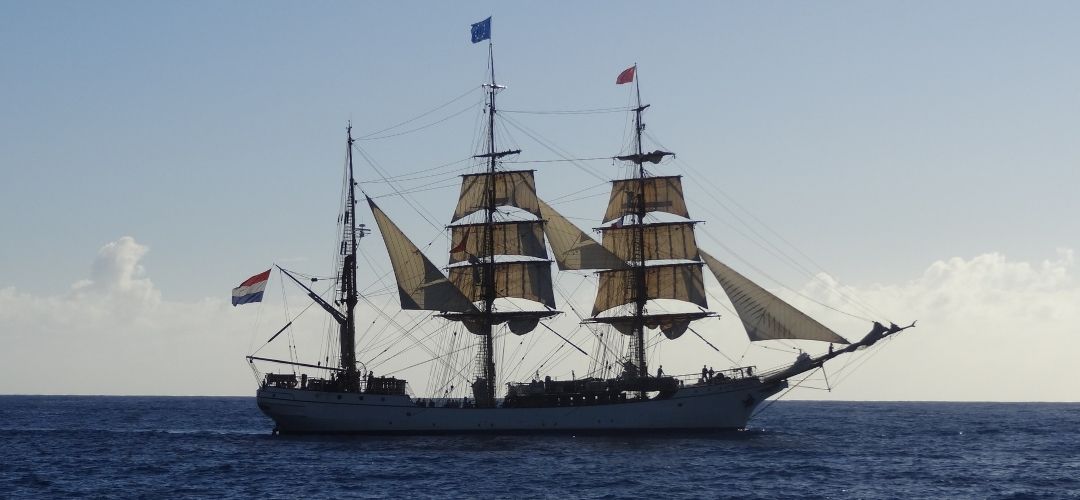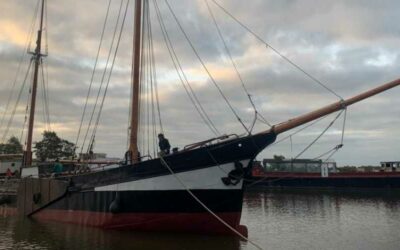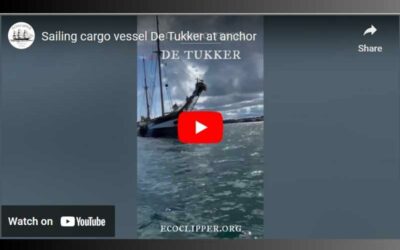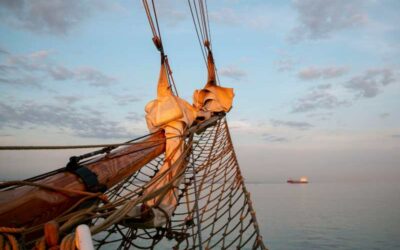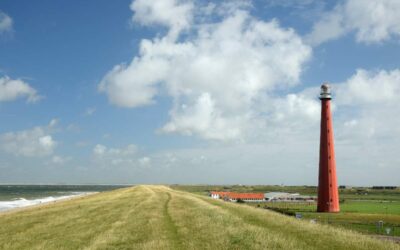See Steven’s first blog on this subject here.
Extrapolating From 1906
Looking at the data only for ships above 100 Net Register Tons shows a significant change. Many smaller vessels, such as Sloops, are forced out, giving Schooners an even larger percentage of the vessels covered. The average tonnage for sloops and Schooners jumps rapidly, though their numbers are down by 96 and 67 percent respectively. The other rigs being generally much larger are generally left unaffected.

Breaking into analysis by rig, we can see some distinct trends. Due to the nature of this blog, we will ignore the smaller classes of vessel and move directly into rigs present at larger tonnages. It should be noted the EcoClipper’s 700 cubic meters of hold space equates to 245 Net Register Tons of 100 cubic feet each. This antiquated form of measurement was used over a century ago, and for comparison this figure gives us a basis for comparison.
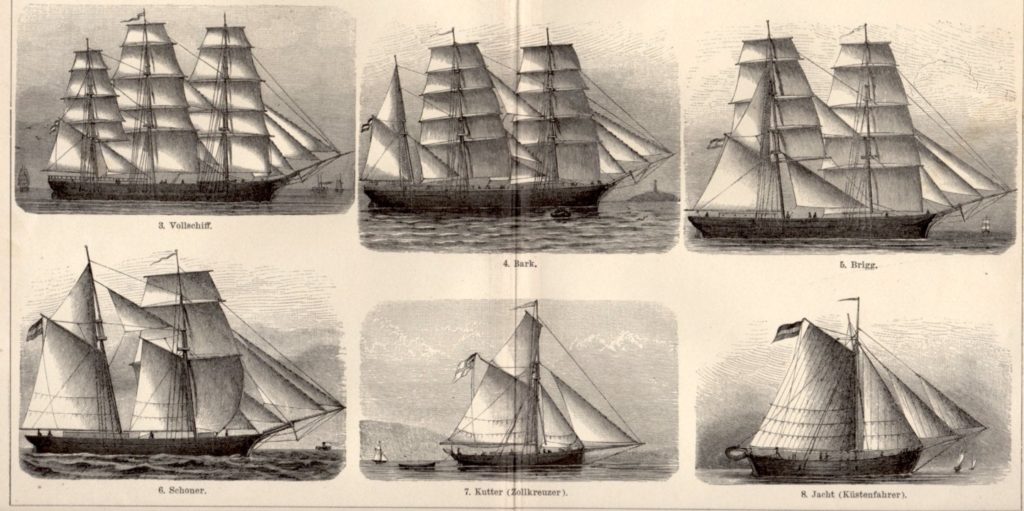
Schooners
Schooners covered the largest range of any vessel in the study. Historically used for coasting, inland, and transoceanic trade, Schooners are fore-and-aft rigged vessels with more than one mast, and dozens of variations of this rig exist worldwide. Especially famous along the New England coast. Handling well in most conditions and able to sail very close to the wind, these are highly versatile vessels. In the study they covered from 10 to over 4500 tons, and required crews ranging from 1 to over 30 sailors, with most grouping between 5 and 15 hands. A number of the schooners over 2000 tons were Schooner Rigged Barges, which skews the averages slightly, however, this is not overly significant in the final analysis.
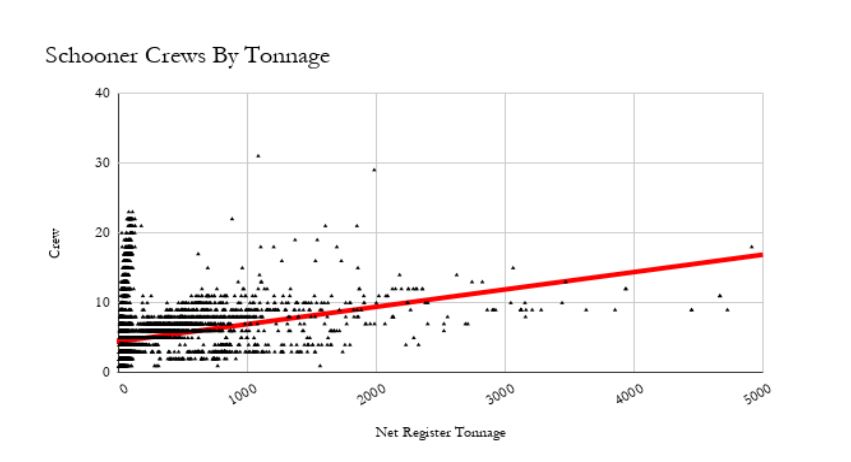

Brigantines And Barkentines
Brigantines and Barkentines share the feature of having the foremast square rigged and the after masts fore-and-aft rigged. The principal difference is the number of masts, with Brigantines having two, while Barkentines have more. This class of ship ranged in tonnage between 137 and 1494 tons in the fleet of 1906, though the distribution is relatively wide. As can be expected, Brigantines were smaller, between 137 and 451 tons. Barkentines ranged from 188 to 1494 tons. Both rigs have a square rigged mast, which makes for significantly better power generation when running with the wind. However, the predominantly fore-and-aft rigging allows for the type of close to the wind work and maneuverability required in coastal trade.
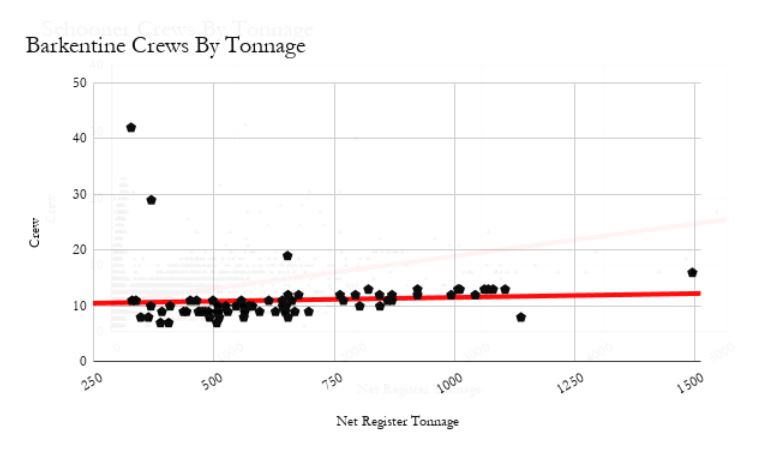

Barks And Ships
The final category of rigs is Barks and Ships. Barks and Ships have three or more masts, and are predominantly square rigged. The only difference between the two is Barks have the aft-most mast as a Fore-And-Aft rig. These vessels are most common in the larger classes, averaging 797 and 1817 NRT respectively. They are designed to work trade wind passages with large loads and large crews. Barks topped out at around 2000 NRT, while they started at 138, a significantly smaller vessel than the smallest ship, which came in at 1172 NRT. Barks and Ships had the largest crews in the sample; their efficiency in Tons Per Sailor is generally below that of Schooners and other types of vessels of the same tonnage, but their ability to handle very large loads makes this less important.
The sample of Barks in the study were effected by this rig being common in the whaling fleet, which skewed some of the vessels into a low net tonnage and high crew. This is seen in the chart as a cluster of Barks under 500 NRT with crews above 20 sailors. This amounted to almost 18% of the Barks studied, accounting for the downward sloping trend. The trend for Cargo Barks is clear from the consistent grouping from around 500 tons forward.
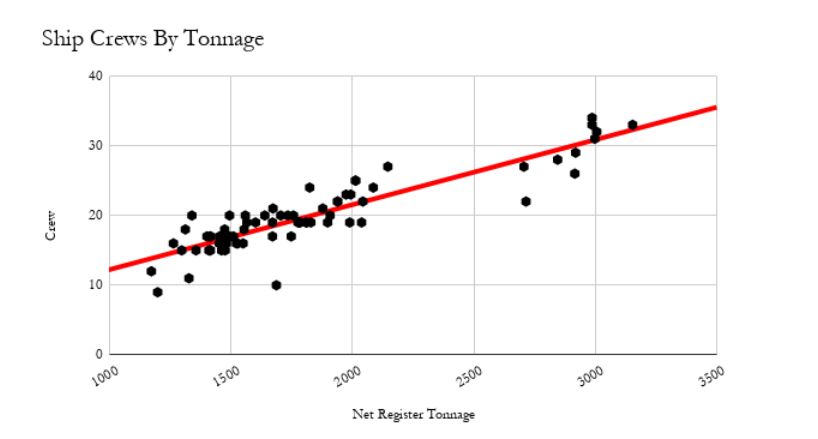
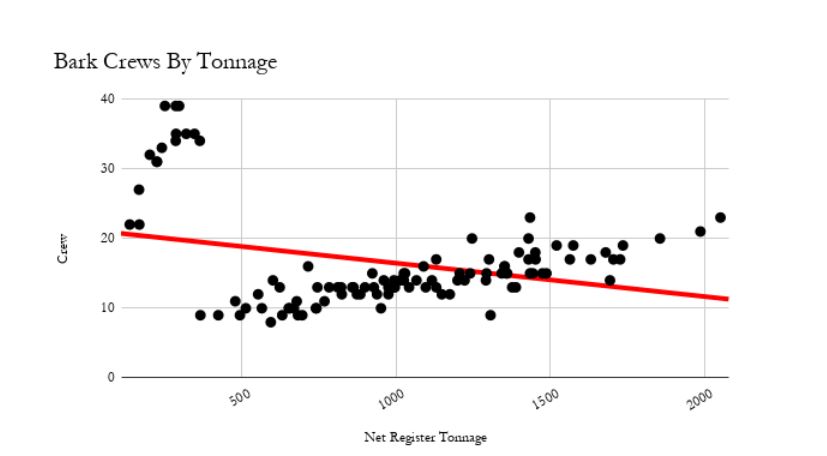
This information gives us some guidance to use when looking at vessels in a future sail freight environment. Under 1000 NRT, Schooners, Sloops, Barks, and Barkentines are the more economic options available.
Prospective captains or advocates for Sail Freight in the future should be able to look at this data and surmise the most versatile and likely the most sensible vessel to invest in would be a Schooner or Barkentine of any size. The schooner would not have accounted for some 82.4 percent of all vessels over 10 Net Register Tons in the US Fleet if it was not a highly capable and adaptable rig. It is also an economic rig, in terms of both capital and labor expense, and even more versatile with the addition of square fore-topsails.
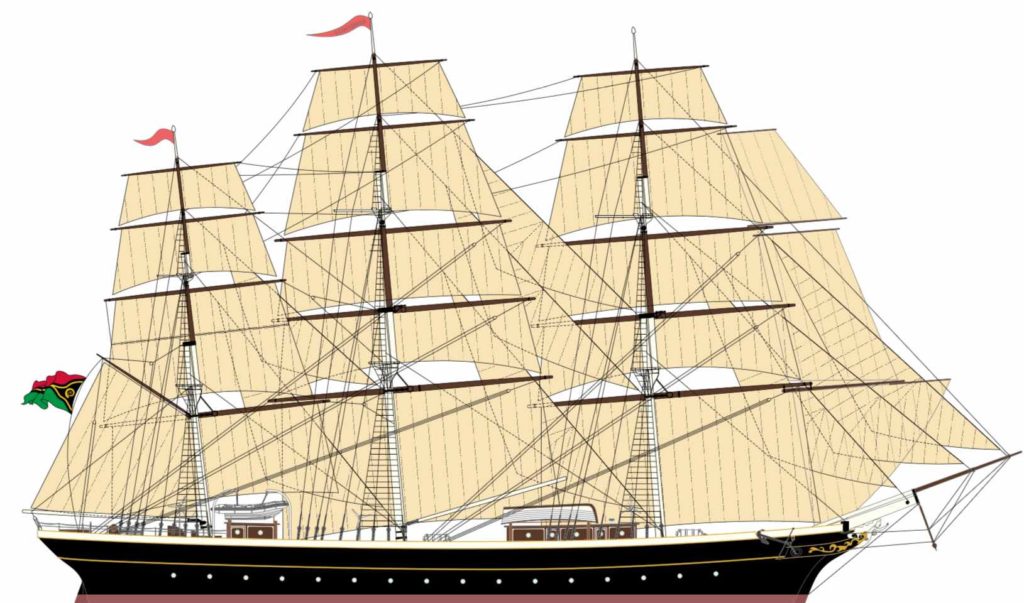
Comparing The EcoClipper
The EcoClipper, which is being built as a 500 gross tonnage all steel sailing vessel in Holland, is modeled after a 19th century Clipper. With 700 cubic meters of cargo space, the EcoClipper will be in the 245 NRT range, making her relatively small for a ship rig. This is atypical compared to the information in this study, though when compared to a 19th century list may not be an anomaly.
As Clippers were made for speed along trade-wind routes, the choice of a Ship rig is understandable and very useful due to the power developed in almost any wind, which translates to additional speed. However, with this study we would expect vessels of her size to be rigged as a Bark instead for such routes, which would make for a more efficient Tons-Per-Sailor metric.
As a training vessel, Crew Efficiency is not a primary goal for the EcoClippers. Sail Training on a Square Rigged vessel over long distances with a large number of trainees is a very important step in reviving sail freight, and these sailors will then be able to find jobs on windjammers yet to be built using a more crew-efficient rig, and possibly at larger tonnages.
With the EcoClippers carrying on two major roles in the revival of sail freight, the importance of the two roles of cargo transport and crew training are well balanced in the design, instead of a singular focus on crew efficiency.
N.B.: This blog entry was adapted from the author’s Master’s thesis. Steven Woods. “Sail Freight Revival: Methods of calculating fleet, labor, and cargo needs for supplying cities by sail.” Master’s Thesis. Prescott College, 2021. The entire thesis can be read for free here.
Steven Woods has worked in Museums and Historic Sites for over 20 years. He holds 4 college degrees, including a BA in History from the Jesuits at LeMoyne College, and a Master’s Degree in Resilient and Sustainable Communities from Prescott College. His Master’s Thesis was on supplying the New York Metro Area with food by Sail Freight.
